03 June 2024 Daily Current Affairs
1. Exit poll
Recently, Congress refrained from participating in Lok Sabha Elections-related debates in exit polls 2024.

About Exit poll:
- What is an exit poll?
- An exit poll is a post-election survey that shows how many seats a political party will likely win.
- It is not the same as the official election results.
- When will Exit polls be released?
- They can be released by media houses only after the voting ends for an election.
- Methods of conducting:
-
- They are taken immediately after voters have cast their ballots.
- Legal Regulations:
- The exit polls are regulated by Section 126A of the Representation of the People Act, 1951.
- This law stipulates that no person shall conduct or publish exit polls via print or electronic media, or disseminate the results in any manner, during a period specified by the Election Commission of India.
- Any person who contravenes the provisions of the Section 126A shall be punishable with imprisonment for a term which may extend to two years or with a fine or with both.
2. Significance of Purana Qila
Recently, a ceremony was organised to mark the handing over of Purana Qila to the Sabhyata Foundation of the Dalmia Group under the 'Adopt a Heritage' scheme of the Ministry of Tourism.
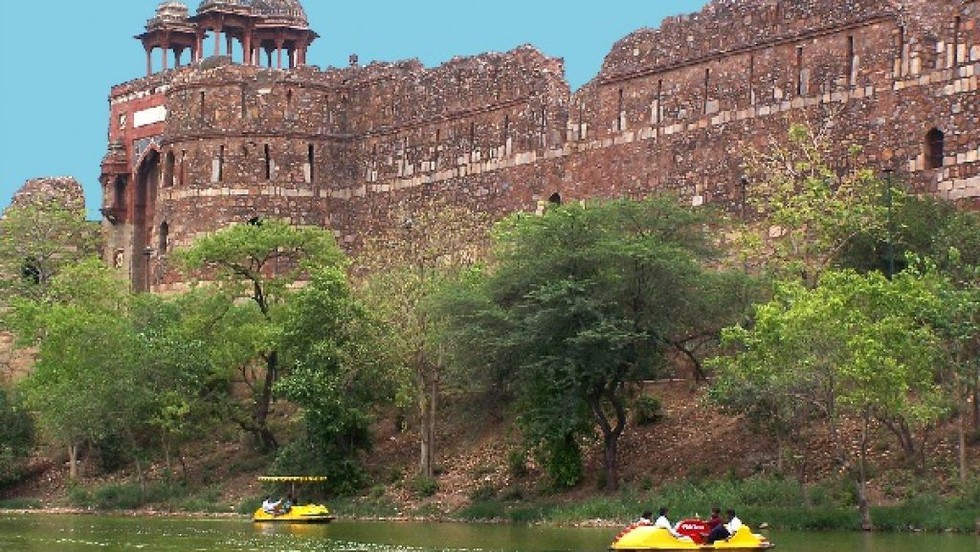
About Purana Qila:
- Location:
- It is located in the South Eastern part of the present city of New Delhi.
- It is one of the oldest forts in Delhi and built on the banks of river Yamuna.
- It is also known as Qila-e-Kohna (meaning `old fort’).
- The present citadel at Purana Qila was believed to have been built under Humayun and Sher Shah Suri (‘The Lion King’). Excavations point to traces from the 3rd century BC, the pre-Mauryan period.
- The Qila was inspired by Jama Masjid, which was established 15 years before the reconstruction of Qila.
- Architecture:
- It is roughly rectangular in shape having a circuit of nearly two kilometers.
- The Purana Qila has three gates: Bara Darwaza or the Big Gate facing west, the Humayun Gate facing south and the Talaqui darwaza or the forbidden gateway facing the northern side.
- These gates combine the typically Islamic pointed arch with Hindu Chhatris and brackets.
- All of the gates are double-storeyed and consist of huge semi-circular bastions flanking either of their sides.
- The Bada Darwaza acts as the main point of entry.
- It was surrounded by a wide moat.
- The walls themselves are as high as 20 m in places and approximately 4m thick.
- A prominent structure of the Purana Qila is the Qila-e-Kuhna mosque built by Sher Shah in 1542 CE.
3. World Health Assembly
Recently at the 77th World Health Assembly, member states approved a draft resolution on improving organ transplantation availability, including human cells and tissues.

Why in news?
- On 29 May 2024, Member States (with the initiation of Spain) approved a new resolution on increasing availability, ethical access and oversight of transplantation of human cells, tissues and organs.
About the draft resolution:
- The draft urged member states to increase in line with the World Health Organization (WHO) Guiding Principles on Human Cell, Tissue and Organ Transplantation.
- It emphasized on encouraging donation after the neurological determination of death and where appropriate, donation after the circulatory determination of death.
- It also mentioned that insufficient access to transplantation therapies is one of the root causes of trafficking in persons for organ removal and trafficking in human organs, practices that undermine human rights and pose serious risks to public health.
- The resolution urged the director-general to establish an expert committee under the Regulations for Expert Advisory Panels and Committees, to help the Secretariat in developing the proposed global strategy and its implementation.
- The resolution tasked countries with developing a global strategy to be presented for adoption in 2026. It also encouraged the establishment of a World Donor Day to raise public awareness and donations.
About World Health Assembly:
- It is the decision-making body of the World Health Organization.
- It is attended by delegations from all WHO Member States and focuses on a specific health agenda prepared by the Executive Board.
- Functions:
- The main functions of the World Health Assembly are to determine the policies of the Organization, appoint the Director-General, supervise financial policies and review and approve the proposed programme budget.
- The Health Assembly is held annually in Geneva, Switzerland.
Source: World Health Assembly: Countries approve draft to improve organ transplantation availability
4. Interim Bail
Recently the Chief Minister of Delhi appeals for bail extension on medical grounds as the interim period ends on 1st of June.
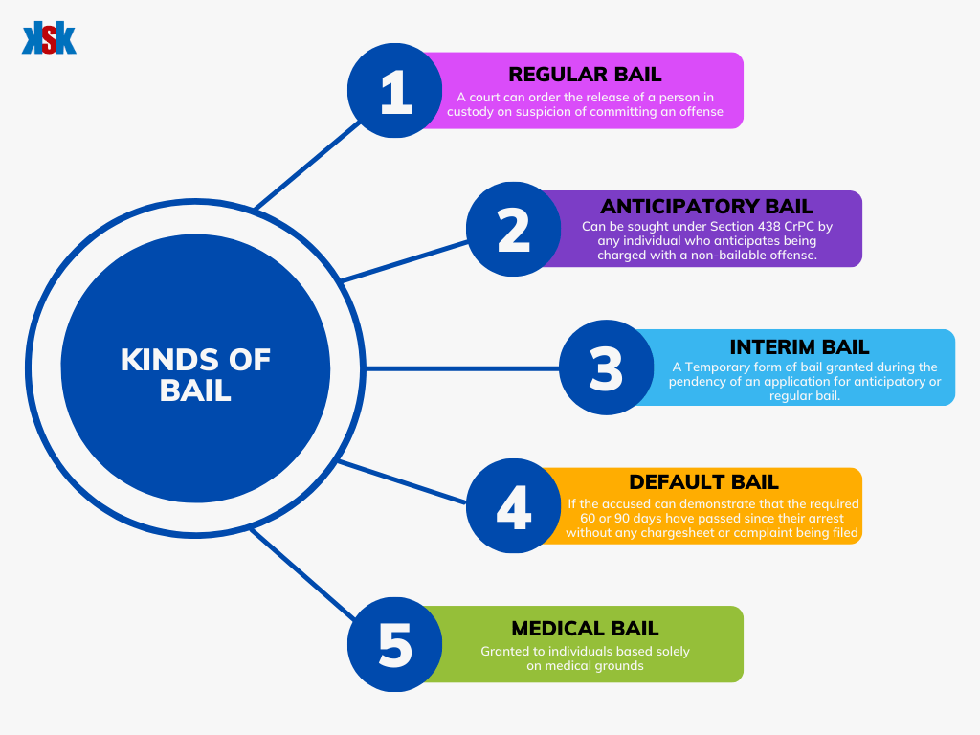
Why in News?
- The Supreme Court is likely to hear an application moved by the Chief Minister of Delhi seeking interim bail for a week on medical grounds in a money laundering case related to the alleged excise scam.
About Interim Bail:
- An interim bail is a short-term temporary relief to individuals entangled in legal proceedings before the hearing for the grant of regular or anticipatory bail.
- The period for interim bail can be extended, but if the accused individual does not pay the court to confirm or extend the interim bail, they will lose their freedom and may end up in jail or face a warrant.
- Grounds for Granting Interim Bail:
- In the Parminder Singh and Ors. v. The State of Punjab (November 02, 2001) case, the Delhi High Court listed certain scenarios where interim bail should be granted which are as follows:
- No likelihood of the accused fleeing from justice,
- No chance of tampering with the evidence,
- A clear case for custodial interrogation is not made out,
- The application for a grant of anticipatory bail cannot be heard at an early date.
- In the Parminder Singh and Ors. v. The State of Punjab (November 02, 2001) case, the Delhi High Court listed certain scenarios where interim bail should be granted which are as follows:
- Some common grounds:
-
-
- In case the accused has a serious medical condition requiring urgent or specialized treatment.
- After considering the humanitarian factors such as familial responsibilities, age, health of the family members.
- If the investigation is taking an unreasonable amount of time despite his cooperation with authorities.
-
- Related Case Laws:
- Lal Kamlendra Pratap Singh vs. State of U.P.& Ors (March, 2009)
- Sukhwant Singh vs. State of Punjab (May, 2009)
5. What is Rabies?
The government of Jammu and Kashmir recently declared human rabies a notifiable disease under the Epidemic Diseases Act of 1897.
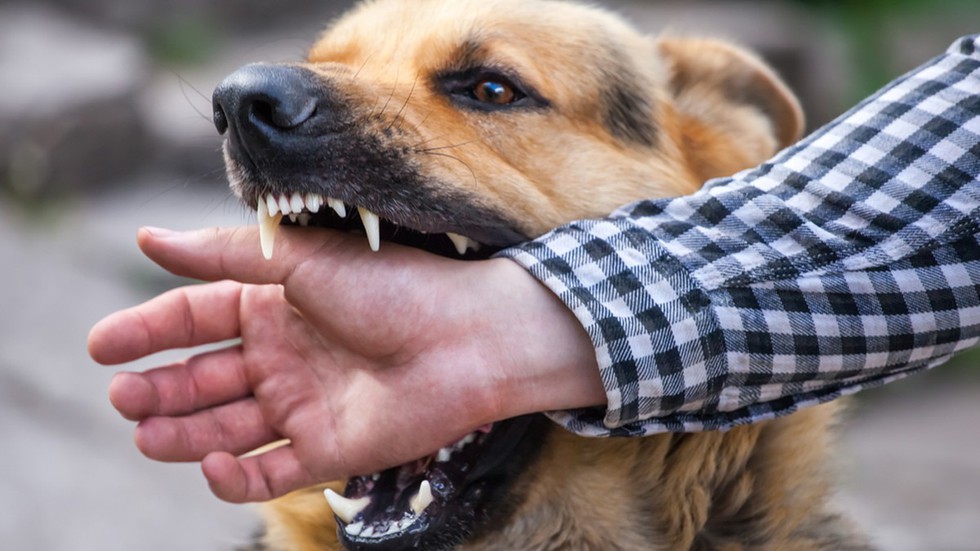
About Rabies:
- Rabies is a vaccine-preventable, zoonotic, viral disease caused by the RABV virus.
- It primarily affects the central nervous system, leading to severe brain disease and death if medical care is not received before symptoms start.
- Transmission:
- In up to 99% of cases, domestic dogs are responsible for rabies virus transmission to humans.Yet, rabies can affect both domestic and wild animals.
- It spreads to people and animals via saliva, usually through bites, scratches or direct contact with the mucosa (e.g., eyes, mouth, or open wounds).
- Rabies is present on all continents except Antarctica, with over 95% of human deaths occurring in Asia and Africa.
- It is one of the neglected tropical diseases (NTD) that predominantly affects already marginalized, poor and vulnerable populations.
- Symptoms:
- The symptoms may be nonspecific at first but include lethargy, fever, vomiting and anorexia.
- Within days, signs can progress to cerebral dysfunction, ataxia, weakness and paralysis, breathing and swallowing difficulties, excessive salivation, abnormal behaviour, aggressivity and self-mutilation.
- Once clinical symptoms appear, rabies is virtually 100% fatal.
- Prevention:
-
- It is a vaccine-preventable
- Vaccinating dogs, including puppies, is the most cost-effective strategy for preventing rabies in people because it stops the transmission at its source.
- Treatment:
- Medical care following a rabies exposure is called post-exposure prophylaxis or PEP.
- PEP includes wound care, a dose of human rabies immune globulin (HRIG) and a series of four or five rabies vaccines, which must be administered as soon as possible after exposure.
- This care is vital to prevent the disease from developing. It is nearly 100% effective if administered promptly.
6. Key Facts about Koya Tribe
In Godavari Valley, the Koya tribe faces a cultural crisis as raids by the Special Enforcement Bureau threaten their cherished tradition of Mahua liquor consumption.
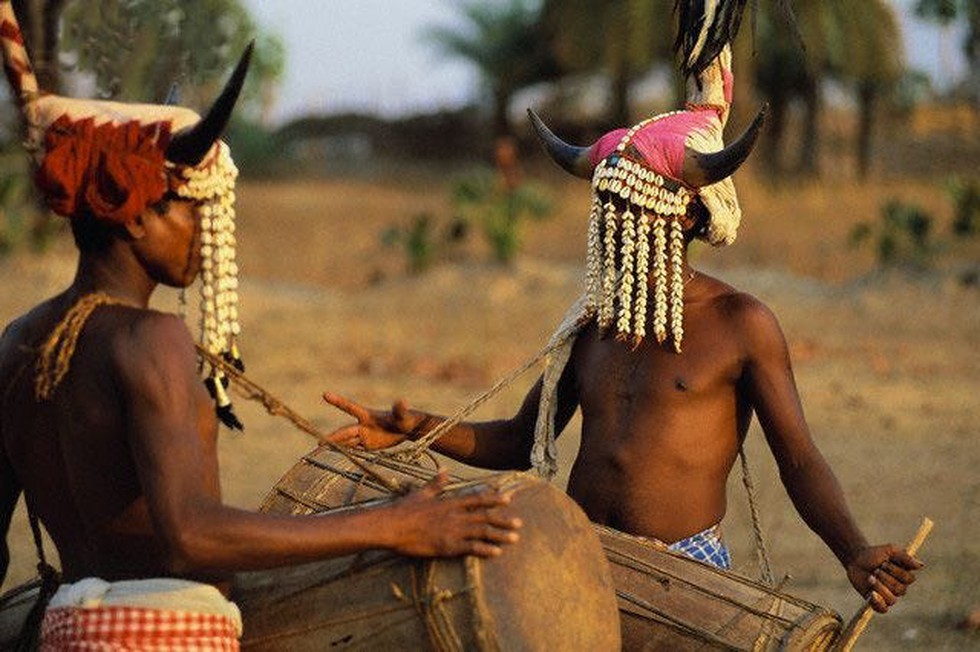 About Koya Tribe:
About Koya Tribe:
- Koya are one of the few multi-racial and multi-lingual tribal communities in India.
- They live in the forests, plains and valleys on both sides of the Godavari River, in the states of Andhra Pradesh, Telangana, Chhattisgarh and Odisha.
- They are said to have migrated to central India from their original home in Bastar, northern India.
- Language:
- The Koya language, also called Koyi, is a Dravidian language. It is closely related to Gondi and has been strongly influenced by Telugu.
- Most Koya speak either Gondi or Telugu, in addition to Koyi.
- Occupation:
-
- Traditionally, they were pastoralists and shifting cultivators, but now-a-days, they have taken to settled cultivation supplemented by animal husbandry and seasonal forest collections.
- They grow Jowar, Ragi, Bajra and other millets.
- Society and Culture:
- All Koya belong to one of five subdivisions called gotras. Every Koya is born into a clan and he cannot leave it.
- They have a patrilineal and patrilocal family. The family is called "Kutum". The nuclear family is the predominant type.
- Monogamy is prevalent among the Koyas.
- They practice their own ethnic religion, but also worship a number of Hindu gods and goddesses.
- Many Koya deities are female, the most important being the "mother earth."
- They maintain community funds and grain banks at the village level to help the needy families and provide food security.
- They either bury or cremate the dead. They erect menhirsin memory of the dead.
- Their main festivals are Vijji Pandum (seeds charming festival) and Kondala Kolupu (festival to appease Hill deities).
- They perform a robust, colourful dance called Permakok (Bison horn dance) during festivals and marriage ceremonies.
7. Controller General of Accounts (CGA)
The government's fiscal deficit for 2023-24 stood at 5.63 per cent of the GDP, marginally better than the 5.8 per cent estimated in the Union Budget, according to data released by the Controller General of Accounts (CGA) recently.
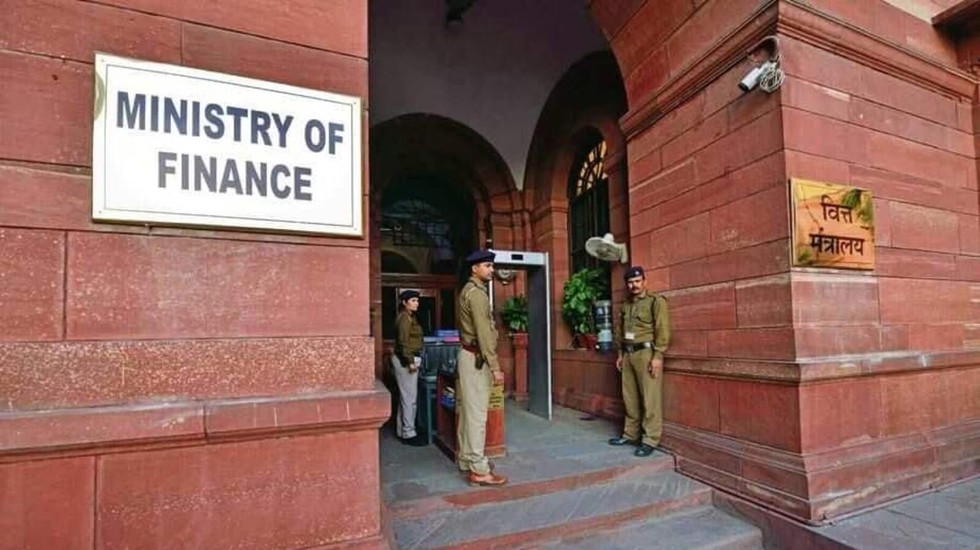 About Controller General of Accounts (CGA):
About Controller General of Accounts (CGA):
- CGA, in the Department of Expenditure, Ministry of Finance, is the Principal Accounting Adviser to the Government of India.
- CGA is responsible for establishing and managing a technically sound Management Accounting System and preparation & submission of the accounts of the Union Government.
- CGA is also responsible for exchequer control and internal audits for the central government.
- The office of CGA was established in October 1975 to administer matters pertaining to the departmentalisation of the accounts of the Union.
- Functions:
- The Office of CGA prepares monthly and annual analysis of expenditure, revenues, borrowings, and various fiscal indicators for the Union Government.
- It further formulates policies relating to general principles, forms, and procedures of accounting for the Central and State Governments.
- It administers the process of payments, receipts, and accounting in the Central Civil Ministries/ Departments.
- Through itsInternal Audit Units in the respective Ministries/Departments, it is responsible for maintaining the requisite technical standards of accounting in the departmentalized accounting offices and for monitoring the financial performance and effectiveness of various programs, schemes, and activities of the civil ministries.
- It also administers banking arrangements for the disbursements of Government expenditures and the collection of government receipts and interacts with the Central Bank for the reconciliation of the cash balancesof the Union Government.
- CGA is also responsible for coordination and monitoring the progress of the submission of corrective/remedial action taken notes (ATNs) on the recommendations contained in the Public Accounts Committee’s (PAC) reports as well as the Comptroller and Auditor General (CAG) reports through its web-based Audit Para Monitoring System (APMS).
- It also looks after the pensions of Central government employees.
Source: India’s FY24 fiscal deficit improves to 5.63% of GDP, narrower than government’s target of 5.8%
8. What is the Colombo Process?
India has become chair of the Colombo Process for the first time since its inception in 2003.
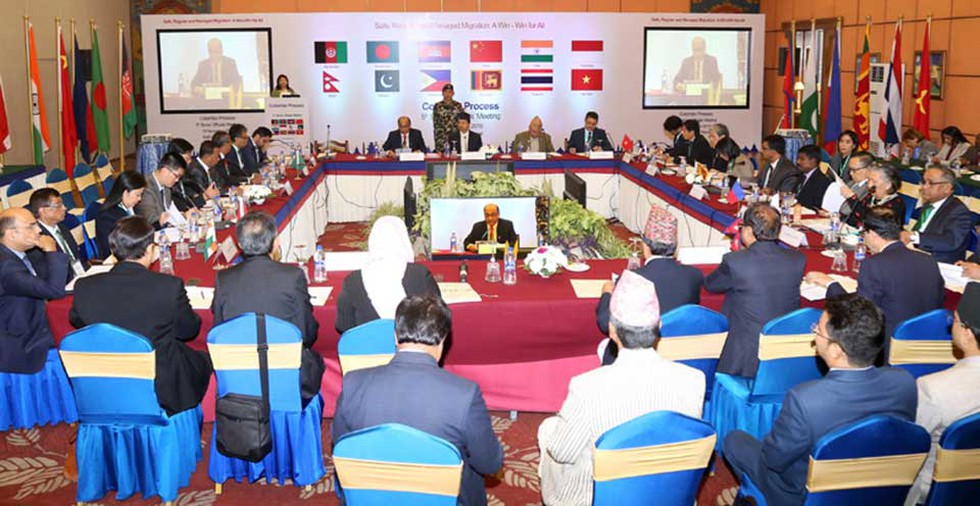 About Colombo Process:
About Colombo Process:
- It is a Regional Consultative Process and it provides an important platform for consultations on the management of overseas employment and contractual labour for countries of origin in Asia.
- It serves as a forum for the exchange of best practices on overseas employment.
- Membership:
- It comprises 12 Member States of Asia (countries of origin of migrant workers).
- Members: Afghanistan, Bangladesh, China, Cambodia, India, Indonesia, Nepal, Pakistan, the Philippines, Sri Lanka, Thailand and Vietnam.
- India has been a member of the Colombo Process since its inception in 2003.
- Objectives:
- Share experiences, lessons learned and best practices in labour migration management.
- Consult on issues faced by migrants, countries of origin and countries of destination and propose practical solutions for the well-being of overseas workers.
- Optimize development benefits from organized overseas employment and enhance dialogues with countries of destination.
- Review and monitor the implementation of the recommendations and identify further steps of action.
- The process is non-binding and decision-making is by consensus.
- The process is coordinated through the Permanent Missions of Member States at the United Nations in Geneva.
- The process is governed by Ministerial Consultations wherein recommendations and action plans are discussed and adopted by the Ministers of the participating countries.
- The International Organization for Migration (IOM) has provided technical support to the Colombo Process since its inception and serves as its Secretariat.
- There are five Thematic Area Working Groups (TAWGs):
- Skills and Qualification Recognition (chaired by Sri Lanka);
- Fostering Ethical Recruitment (chaired by Bangladesh);
- Pre-Departure Orientation and Empowerment (chaired by Philippines);
- Remittances (chaired by Pakistan);
- Labour Market Analysis (chaired by Thailand);
9. Key Facts about Hoolock Gibbon
The Northeast Frontier Railway (NFR) has earmarked funds to construct canopy bridges for Hoolock Gibbon, India’s only ape, to move across a railway track bifurcating its prime habitat in eastern Assam.
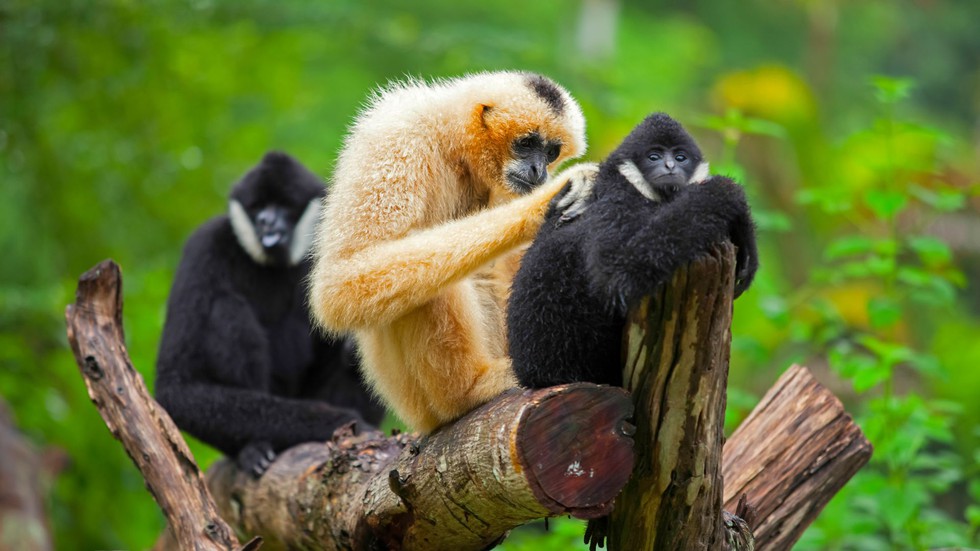 About Hoolock Gibbon:
About Hoolock Gibbon:
- Gibbons, the smallest and fastest of all apes, live in tropical and subtropical forests in the southeastern part of Asia.
- The Hoolock Gibbon is one of 20 species of gibbons on Earth.
- Distribution:
- Its distribution in Southeast Asia spans India, Myanmar, Bangladesh and southern China.
- It is the only ape found in India.
- In India, it is found in Assam, Meghalaya, Arunachal Pradesh, Nagaland, Manipur, Mizoram and Tripura, south of the Brahmaputra.
- Hollongapar Gibbon Sanctuary in Assam has the largest concentration of the Hoolock Gibbon.
- It is categorised into Eastern Hoolock Gibbon (Hoolock leuconedys) found in a specific region of Arunachal Pradeshand Western Hoolock Gibbon (Hoolock hoolock) distributed elsewhere in the northeast.
- Features:
- Both male and female gibbons are about the same size, but they differ considerably in colors.
- Males are black colored with remarkable white brows, while females have grey-brown fur, which is darker at the chest and neck.
- White rings around the eyes and around the mouth give their faces a mask-like appearance.
- They are diurnal and arboreal, brachiating through the trees with their long arms.
- They are monogamous (same partner throughout life).
- They live in small families, including males, females and their young ones and communicate with other gibbons by vocalisation.
- The loud calls of the gibbon are used to identify individuals within and outside the family group.
- Like all apes, they are extremely intelligent, with distinct personalities and strong family bonds.
- Life span: 25 years
- Conservation Status:
- IUCN Red List:
- Eastern Hoolock Gibbon: Vulnerable
- Western Hoolock Gibbon: Endangered
- Both are on Schedule I of the Wildlife (Protection) Act, 1972.
- IUCN Red List:


























































































































































.png)
.png)
.png)
.png)
.png)


.png)
.png)
.png)





.png)
.png)






.png)
.png)
.png)
.png)
.png)
.png)
.png)
.png)
.png)

.png)







.png)
.png)


.png)
.png)
.png)


.png)

.png)
.png)





.jpg)

.png)
.png)


.png)

.png)
.png)
.png)

.jpg)

.jpg)


.png)

.png)
.png)
.png)
.png)
.png)
.png)
.png)
.png)
.png)
.png)




.png)

.png)





.png)
.png)
.png)
.png)
.png)
.png)
.png)
.png)
.png)
.png)
.jpg)
.jpg)

.png)
.png)
.png)
.png)
.png)
.png)
.png)
.png)
.png)
.png)
.png)
.png)
.png)
.png)
.png)
.png)
.png)
.png)
.png)
.png)
.png)
.png)



.png)
.png)

.jpg)
.jpg)


.jpg)
.jpg)
.jpg)
.jpg)
.jpg)

.jpg)








.jpg)
.jpg)
.jpg)
.jpg)
.jpg)

















.jpg)
.jpg)







.jpg)


















.jpg)
.jpg)






























































































.jpg)
.jpg)


























.jpg)

.jpg)










.jpg)








.jpg)




.jpg)










.jpg)


















.jpg)












































.jpg)














.jpg)
.jpg)
.jpg)





.jpg)

.jpg)
.jpg)





































































.jpg)


































.jpg)
.jpg)
















































.jpg)












.jpg)


.jpg)




.jpg)
.jpg)
.jpg)

.jpg)
.jpg)
.jpg)
.jpg)

.jpg)
.jpg)
.jpg)

.jpg)
.jpg)
.jpg)
.jpg)
.jpg)
.jpg)
.jpg)
.jpg)

.jpg)


.jpg)
.jpg)
.jpg)
.jpg)
.jpg)
.jpg)
.jpg)
.jpg)
.jpg)
.jpg)











.jpg)
.jpg)





.jpg)
.jpg)
.jpg)
























.jpg)
























.jpg)









.jpg)
.jpg)







.jpg)
.jpg)









































.jpg)
.jpg)
.jpg)
.jpg)
.jpg)

.jpg)
.jpg)
.jpg)
.jpg)
.jpg)


.jpg)
.jpg)
.jpg)
.jpg)
.jpg)

.jpg)
.jpg)
.jpg)
.jpg)
.jpg)
.jpg)
.jpg)
.jpg)
.jpg)
.jpg)
.png)

.png)
.png)

.png)
.png)
.png)
.png)


.jpg)
.jpg)

.jpg)
.jpg)
.jpg)

.png)
.png)
.png)
.png)
.png)
.png)
.png)

.png)
.png)
.png)
.png)
.png)
.png)
.png)
.png)
.png)
.png)





































































-min.png)



.png)




.png)








































